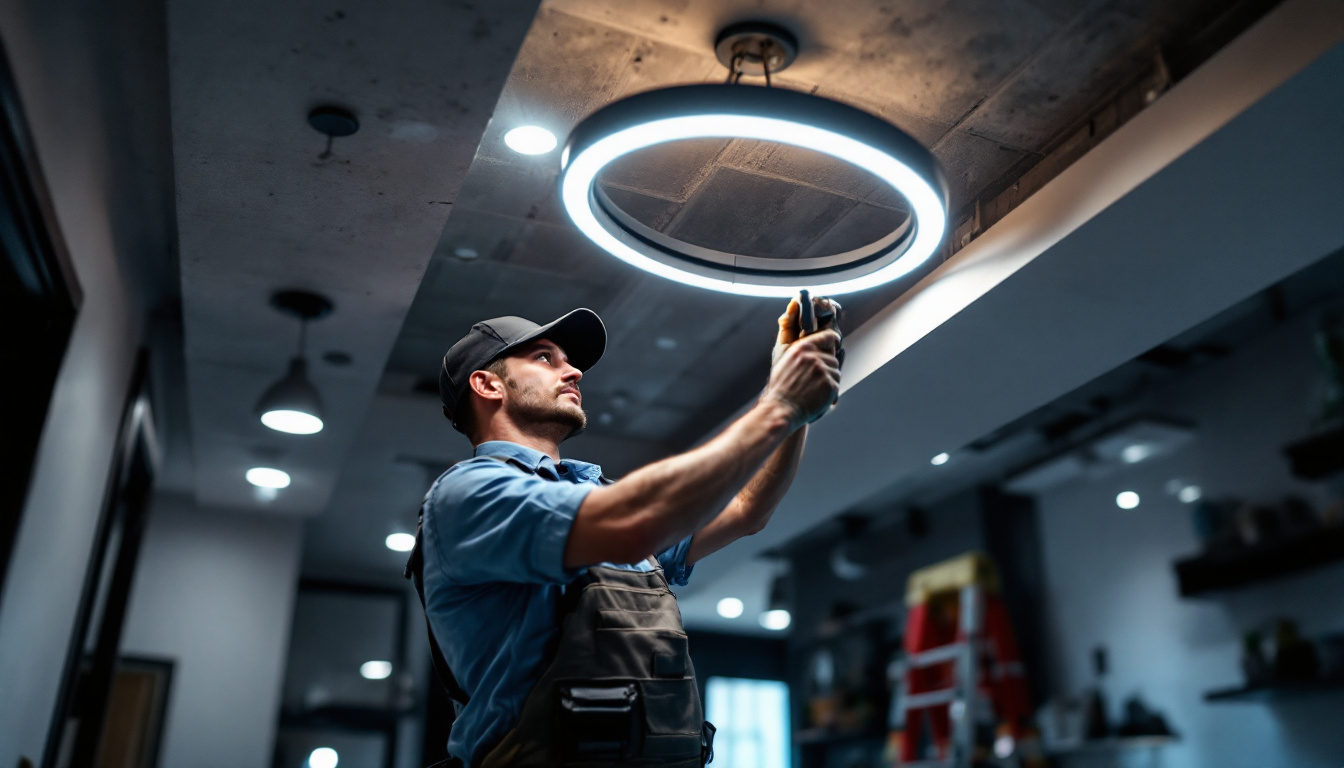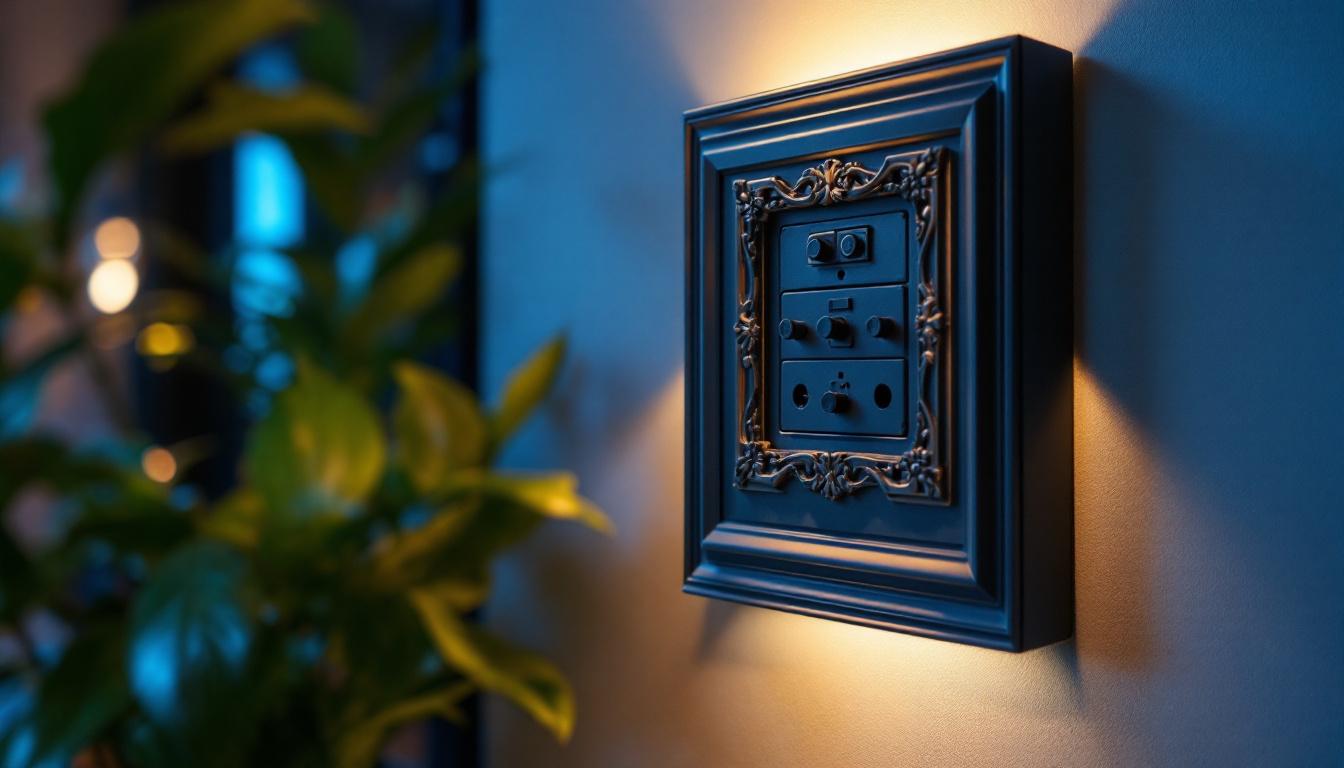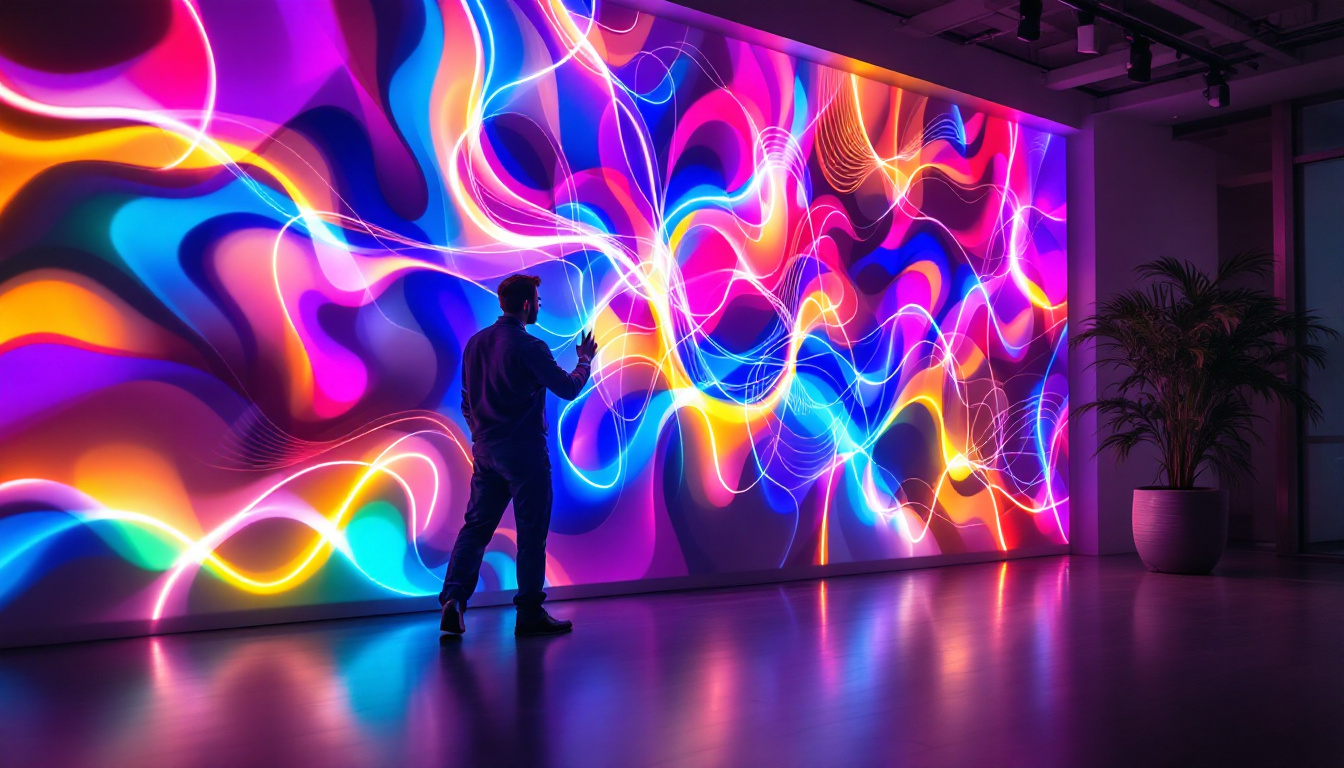
In recent years, the lighting industry has witnessed a remarkable transformation, primarily driven by the advent of LED (Light Emitting Diode) technology. LED light bulbs have become increasingly popular due to their energy efficiency, longevity, and versatility. For lighting contractors, understanding how these bulbs work and their implications on the industry is essential. This article delves into the mechanics of LED light bulbs and explores why they are considered a game-changer.
LED technology is fundamentally different from traditional incandescent and fluorescent lighting. At its core, an LED bulb produces light through a process known as electroluminescence. This process involves the movement of electrons within a semiconductor material, which emits photons (light) when energized.
The heart of an LED bulb is its semiconductor chip, typically made from materials such as gallium arsenide or gallium phosphide. These materials are chosen for their ability to efficiently convert electrical energy into light. When an electric current passes through the semiconductor, it excites the electrons, allowing them to jump from one energy level to another. As they return to their original state, they release energy in the form of light.
This process is highly efficient, producing more light per watt of electricity consumed compared to traditional bulbs. This efficiency not only reduces energy costs but also minimizes heat generation, making LEDs safer and more durable. Additionally, the longevity of LED bulbs is remarkable; many can last up to 25,000 hours or more, significantly outlasting their incandescent counterparts, which typically last around 1,000 hours. This durability translates to fewer replacements and less waste, contributing to a more sustainable lighting solution.
Another fascinating aspect of LED technology is the ability to produce a wide range of colors. By altering the composition of the semiconductor material, manufacturers can create LEDs that emit different wavelengths of light. This versatility allows for the production of bulbs in various color temperatures, from warm white to cool daylight.
For contractors, this means greater flexibility in design and application. Whether it’s for residential, commercial, or industrial use, the ability to customize lighting to suit specific needs is a significant advantage. Moreover, the integration of RGB (red, green, blue) LEDs has opened up new possibilities in lighting design, allowing for dynamic color changes and effects that can enhance the ambiance of any space. This capability is particularly popular in entertainment venues, art installations, and even smart home applications, where users can control lighting through apps or voice commands, creating personalized environments with ease.
One of the most compelling reasons for the rise of LED light bulbs is their energy efficiency. Compared to incandescent bulbs, which convert only about 10% of energy into light, LEDs can convert up to 80% of their energy into light. This efficiency translates to lower electricity bills and a reduced carbon footprint. As energy prices continue to fluctuate, the demand for cost-effective and sustainable lighting solutions has never been higher. Homeowners and businesses alike are increasingly recognizing the long-term benefits of making the switch to LED technology, not only for their wallets but also for the environment.
In addition to energy savings, LED bulbs boast an impressive lifespan. While traditional incandescent bulbs may last around 1,000 hours and compact fluorescents about 10,000 hours, LED bulbs can last anywhere from 15,000 to 50,000 hours or more. This longevity means fewer replacements, which is particularly beneficial for contractors managing large-scale projects. The durability of LEDs also means they are less prone to breakage, making them ideal for use in challenging environments, such as outdoor installations or high-traffic areas.
Furthermore, the extended lifespan of LEDs reduces waste, contributing to a more sustainable lighting solution. This aspect aligns with the growing emphasis on environmental responsibility within the construction and lighting industries. As more consumers become aware of the impact of waste on the planet, the appeal of LED technology continues to grow. The ability to recycle LED components also adds to their sustainability profile, as many parts can be repurposed, further minimizing the environmental footprint of lighting solutions.
While the initial cost of LED bulbs may be higher than traditional options, the long-term savings are substantial. The combination of lower energy consumption and longer lifespan results in significant savings over time. For contractors, this can be a selling point when discussing lighting options with clients. By presenting a clear comparison of lifetime costs, including energy savings and reduced maintenance expenses, contractors can effectively demonstrate the value of investing in LED technology.
Additionally, many governments and organizations offer incentives for using energy-efficient lighting, further offsetting the initial investment. This financial aspect is crucial for contractors looking to provide value to their clients while also being mindful of budget constraints. Moreover, as energy efficiency standards become stricter, the shift towards LEDs is likely to accelerate, making it essential for contractors to stay informed about the latest developments in lighting technology. Embracing these advancements not only enhances the quality of their projects but also positions them as leaders in sustainable practices within the industry.
The versatility of LED lighting extends to a wide range of applications, making it suitable for various settings. From residential homes to commercial spaces and outdoor environments, LEDs can be adapted to meet diverse lighting needs.
In residential settings, LED bulbs are increasingly used for general lighting, accent lighting, and task lighting. Their ability to produce different color temperatures allows homeowners to create the desired ambiance in any room. Moreover, smart LED bulbs, which can be controlled via smartphone apps, are gaining popularity for their convenience and energy management features.
For contractors, recommending LED solutions in residential projects can enhance client satisfaction and promote energy-efficient practices. The aesthetic appeal combined with functionality makes LEDs an attractive option for modern homes.
In commercial and industrial environments, LED lighting is revolutionizing how spaces are illuminated. Retail stores, offices, and warehouses benefit from the bright, efficient lighting that LEDs provide. They enhance visibility and can be tailored to specific tasks, improving productivity and safety.
Moreover, the durability of LED bulbs makes them ideal for industrial applications where harsh conditions may be present. Their resistance to shock and vibration means fewer outages and maintenance costs, which is a critical consideration for contractors working in these sectors.
LED technology is also making waves in outdoor and landscape lighting. From streetlights to garden fixtures, LEDs provide bright, efficient illumination that enhances safety and aesthetics. The ability to integrate LEDs with smart technology allows for features such as motion sensors and dimming capabilities, further optimizing energy use.
For contractors, offering LED solutions for outdoor lighting projects can set them apart in a competitive market. The combination of energy efficiency, durability, and versatility makes LEDs a preferred choice for outdoor applications.
Despite the numerous advantages of LED technology, there are challenges and considerations that contractors should be aware of. Understanding these factors can help in making informed decisions when selecting and installing LED lighting solutions.
As previously mentioned, the initial cost of LED bulbs can be higher than traditional options. This price point may deter some clients, especially those who are not familiar with the long-term benefits. Educating clients about the cost-effectiveness and energy savings associated with LEDs is crucial for overcoming this hurdle.
Contractors can provide detailed comparisons of energy usage and lifespan between LED and traditional bulbs, helping clients see the value in their investment. Additionally, showcasing case studies or testimonials from previous projects can reinforce the benefits of LED lighting.
Another consideration is the compatibility of LED bulbs with existing fixtures and dimming systems. Not all LED bulbs work seamlessly with traditional dimmers, which can lead to flickering or reduced performance. Contractors should ensure that the LEDs they recommend are compatible with the intended fixtures and systems.
Moreover, proper installation is essential to maximize the benefits of LED lighting. Contractors should stay updated on best practices for installation and any specific requirements for different types of LED products. This knowledge can help avoid potential issues and ensure client satisfaction.
The future of LED lighting is bright, with ongoing advancements in technology and applications. As research continues to improve efficiency and reduce costs, LEDs are likely to become even more prevalent in various sectors.
One of the most exciting developments in the lighting industry is the integration of smart technology with LED lighting. Smart LEDs can be controlled remotely, allowing users to adjust brightness, color, and even scheduling through smartphone applications. This level of control not only enhances convenience but also promotes energy savings.
For lighting contractors, staying abreast of these advancements is vital. Offering smart LED solutions can position contractors as forward-thinking professionals who are attuned to the latest trends and technologies.
As sustainability becomes a more pressing concern globally, the demand for energy-efficient lighting solutions like LEDs will likely continue to rise. The reduced energy consumption and longer lifespan of LEDs contribute to lower greenhouse gas emissions, making them an environmentally friendly choice.
Contractors can play a significant role in promoting sustainable practices by advocating for LED lighting in their projects. By aligning with clients’ values regarding environmental responsibility, contractors can build stronger relationships and enhance their reputations in the industry.
LED light bulbs represent a significant advancement in lighting technology, offering numerous benefits that make them a game-changer for the industry. Their energy efficiency, longevity, and versatility have transformed how lighting is approached in residential, commercial, and industrial settings.
For lighting contractors, understanding the mechanics of LED technology and its applications is essential for providing clients with informed recommendations. By embracing LED solutions, contractors can enhance their service offerings, promote sustainability, and ultimately contribute to a brighter future in the lighting industry.
Ready to harness the power of LED technology and elevate your lighting projects? LumenWholesale is your trusted partner, offering an extensive selection of top-quality, spec-grade LED lighting products at unbeatable wholesale prices. Say goodbye to inflated markups and hello to superior lighting solutions that meet the highest industry standards. With our hassle-free bulk buying and free shipping, you can ensure your projects shine with reliability and high performance. Don’t compromise on quality or value—choose LumenWholesale for the perfect blend of affordability and convenience. Explore our wholesale lighting options now and secure the best value for your lighting needs.

Discover how goof rings for recessed lighting can transform your projects and elevate your business.

Discover everything lighting contractors need to know about 8-foot T12 LED bulbs in this comprehensive guide.

Discover how the decorative junction box is revolutionizing the lighting industry with enhanced aesthetics, safety, and ease of installation.

Discover the transformative power of LED lighting wall art in our ultimate guide tailored for lighting contractors.